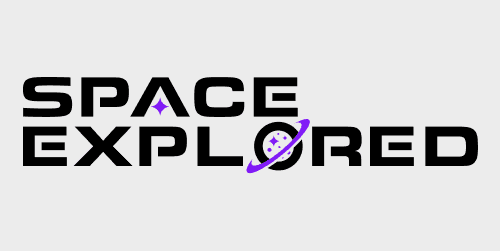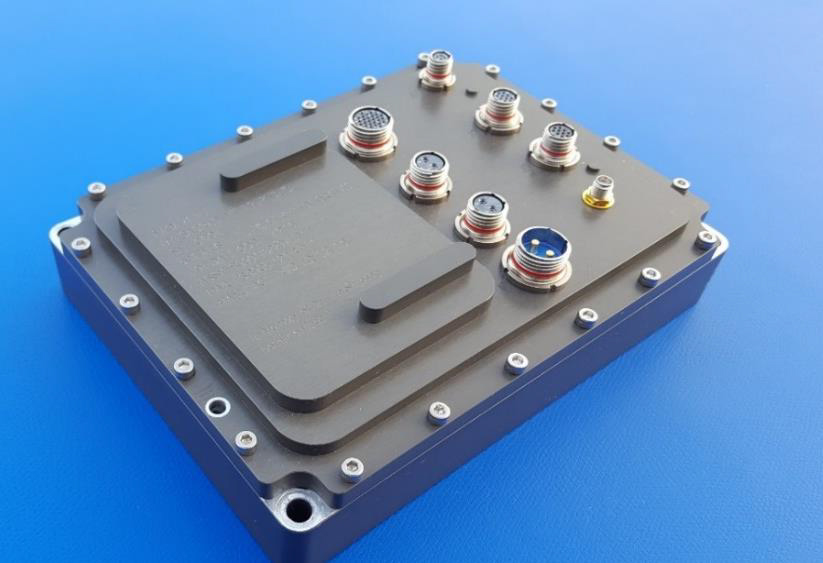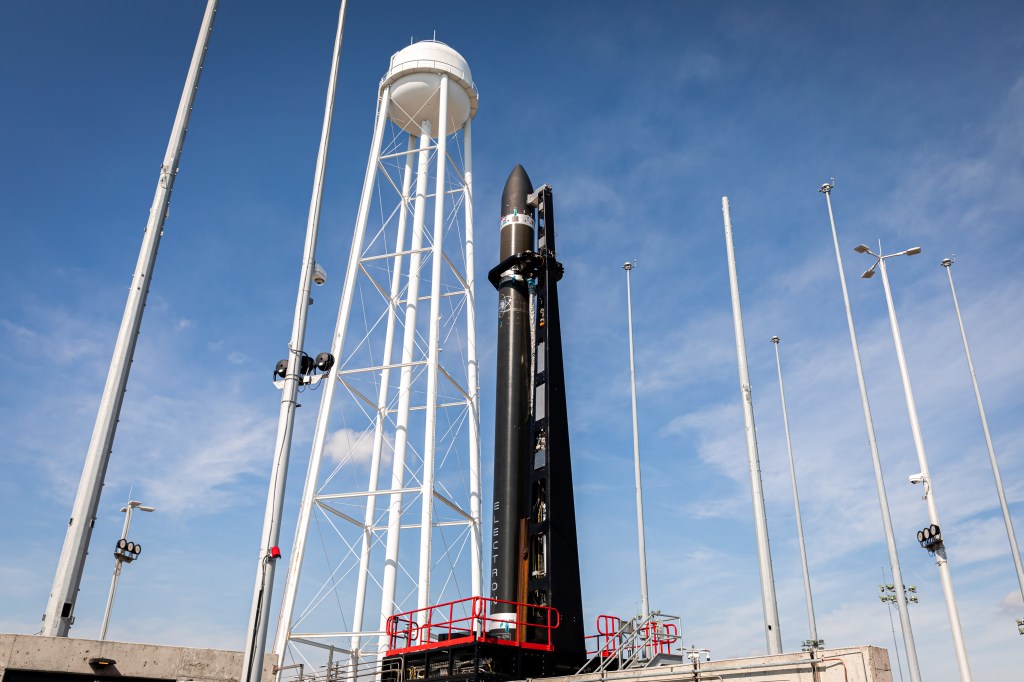
Today NASA released software for their Autonomous Flight Termination Unit to the launch industry. This has been the primary reason for Rocket Lab’s delays in launching from the Mid-Atlantic Regional Spaceport in Virginia.
The NASA Autonomous Flight Termination Unit (NAFTU) is designed to be a ‘plug-and-play’ solution for the launch industry. Today NASA released the software that launch providers will need to interface with the NAFTU. This unit is expected to receive its final certification in February. NASA has worked with corporate partners ASRC Federal, Axient/MEI, and KBR in the development of the software’s test procedures and to support certification testing.

This is a major milestone that enables Rocket Lab and other U.S. launch companies to integrate the software now with their launch vehicle’s hardware and run performance simulations. This is a key achievement toward enabling Rocket Lab launches from Wallops, in parallel with the NASA teams’ final safety certification steps, which are currently underway. Rocket Lab’s use of the NASA software will enable a high degree of confidence moving forward toward launch.
David L. Pierce, Wallops Flight Facility director
Engineering units have flown aboard various sub-orbital rockets and have even flown aboard some Rocket Lab Electron vehicles.
The development of NAFTU truly began in 2020 when the program was fully funded and NASA collaborated with the Air Force, Space Force, and the FAA.
The NAFTU system is more complicated than other, proprietary automated flight safety systems (AFSS) in that it’s designed to be customizable and support a wide array of launch vehicles at any launch range. “While more challenging, the effort overall will provide the single largest impact and the greatest economic benefit by allowing commercial launch providers a common, certified system for flight termination,” said retired Air Force Maj. Gen. Ted Mercer, CEO and Executive Director, Virginia Space.
Automated Flight Termination systems will be a required feature for Department of Defense launches by 2025.

Automated flight safety systems are a game changer for enabling launches from Virginia’s Mid-Atlantic Regional Spaceport at NASA Wallops and decreasing cost for access to space in the future. NAFTU will be the system that leads this effort for many years to come.
retired Air Force Maj. Gen. Ted Mercer, CEO and Executive Director, Virginia Space
Enjoy reading Space Explored?
Help others find us by following on Apple News and Google News. Be sure to check us out on YouTube, Twitter, Facebook, and Instagram, join our Discord!
FTC: We use income earning auto affiliate links. More.
Comments